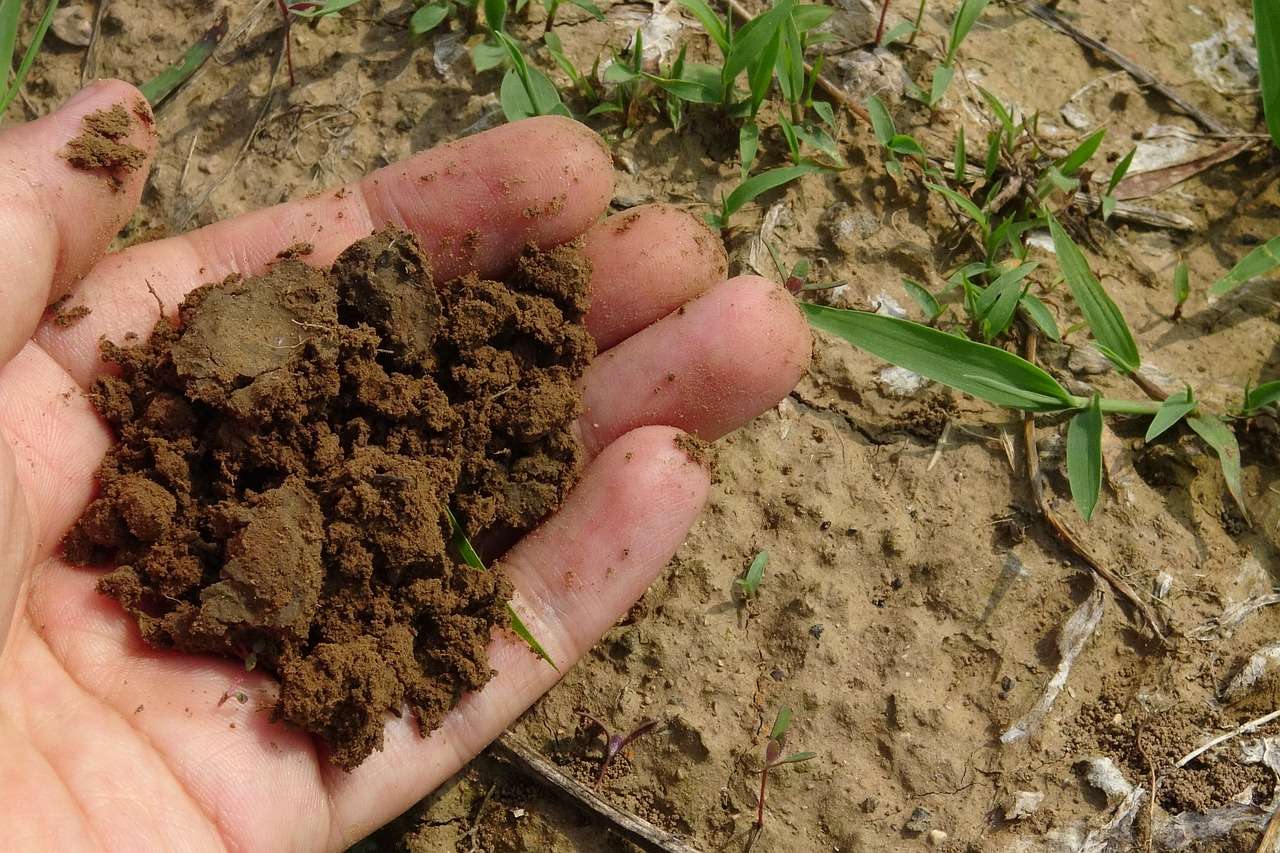
What Is Soil pH and How Does It Impact Turf Health?
 Ready to get your hands dirty?
Ready to get your hands dirty?
We’re talking about soil pH for turf grass — a cool mix of science, strategy, and digging in the dirt.
What is soil pH and why is it important?
Let’s dig in.
What Is Soil pH?
So, what’s the deal with the little p and the capital H? It’s automatically intriguing, right?
The “p” in pH stands for “potential. The “H” is for hydrogen.
So, pH is about the level of hydrogen ion activity in a substance, including soil. Soil pH is a way to measure the amount of acidity or alkalinity in your property’s soil.
It’s measured in these pH units on a scale from 0 to 14. Extreme acidity is at the low end of the scale, extreme alkalinity is at the top end. Soil at the midpoint, number 7, is neutral soil — neither acidic nor alkaline.
What Is the Best pH for Grass?
Most turf grasses thrive at a pH range of between 6.0 and 7.0.

Why does it matter? Important nutrients for grass are available in soil when the pH is at those levels. If your pH is off, your grass won’t get the nutrients it needs, even if you fertilize regularly.
Here in the mid-Atlantic, tall fescue grass works best, says Joey Schneider, a branch manager at Level Green Landscaping. It can handle both our hot summers and cold winters.
Tall fescue needs a pH of 5.5 to 7, he says, which is slightly acidic.
“If it’s below 5.5 or higher than 7, the grass won’t be able to get the nutrients it needs,” Schneider says.
What’s Your Soil pH? It Starts with a Soil Sample
How do you know if your soil is perfect for tall fescue? You test it.
Here at Level Green, we test soil every spring. Our technicians will visit your property with a soil probe tool to extract soil samples from 10-12 spots on your property.
Then they mix them all together and send the soil to a lab that reports the results.
Here in Maryland, it’s rare that soil pH for turf grass is too high, Schneider says. It’s typically too low.
What Next? Time for Lime
When your soil pH is too low, it’s time for lime, a soil amendment made from ground limestone rock, which contains calcium carbonate and magnesium carbonate.
Add lime to your soil, and these compounds increase the soil's pH, making soil less acidic and more alkaline. Then your soil can use the nutrients in your fertilizer, and flourish.
When to Add Lime?
Our crews apply lime in the fall when we also do aeration and overseeding. It’s in the form of tiny gray pellets, evenly applied with a spreader.
Be patient. Soil pH for turf grass takes time to change. We test it each year to see when it’s up to where it should be
Yes, It’s Important
We can hear you waffling.
“A lot of customers are cost conscious and some don’t want to add on something else,” Schneider says. “But if your pH is outside that range, no matter how much we fertilize, the grass still won’t look good, because it can’t get the nutrients.“
If your soil needs lime, it really needs lime.
“Why put fertilizer down every year,” Schneider says, “if your grass can’t use it?”
What’s Your Soil pH? Ask Level Green
 You’re paying for fertilizer so your grass can grow green and healthy.
You’re paying for fertilizer so your grass can grow green and healthy.
Make sure it’s doing its job, and you’re getting your money’s worth.
We’ll have your soil tested, let you know if it needs lime, and add the amendments you need for a healthy lawn.
If you’re not already a Level Green Landscaping client, we’d love to add you to our growing list of happy customers. Our focus is on commercial properties like offices, mixed-use sites, HOAs, municipalities and institutions in Maryland, Washington DC and parts of Virginia.
Contact us at 202-544-0968. You can also request a free consultation online for a virtual meeting.
We’d love to hear from you.

Douglass Delano
Doug Delano (and Bill Hardy) opened Level Green Landscaping LLC in 2002 to offer Washington DC, Maryland and Virginia reliable commercial landscape maintenance services.

